Air masses are large bodies of air that have roughly the same temperature and humidity throughout. When air masses move from the areas they form in, to other areas, they can collide and form weather fronts in the places they meet. That can lead to major changes in the weather.
To better understand air masses & weather fronts…
LET’S BREAK IT DOWN!
Air Masses Play a Big Role in Weather
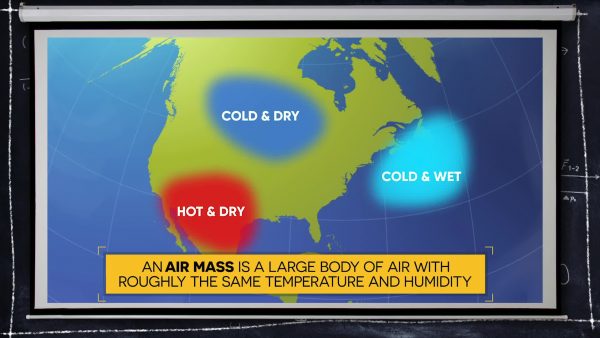
Air masses are large bodies of air that have similar temperature and humidity. These air masses are moved around the atmosphere by prevailing winds that blow in one direction. At the boundaries between air masses, weather fronts form. Weather fronts cause changes in the weather such as rain, storms and wind. Meteorologists study air masses and weather fronts to help make predictions about the weather.
Characteristics of Air Masses
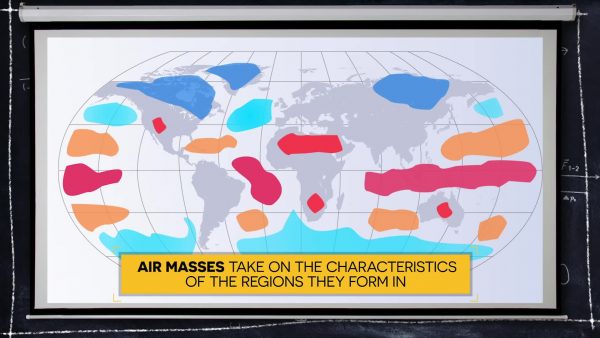
Air masses take on the characteristics of where they were formed. Throughout the Earth’s surface, there are about 20 different air masses. Air masses that form over the poles tend to be cold. Whereas air masses that form near the equator tend to be warm. Air masses that form over water tend to be wet. These air masses move around in the atmosphere due to prevailing winds.
Different Kinds of Weather Fronts
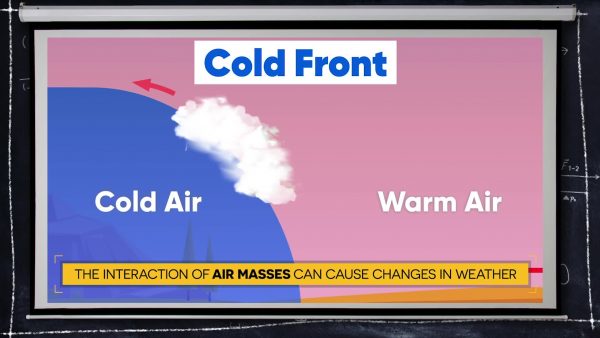
Weather fronts form at the boundaries of air masses. There are several kinds of weather fronts that help meteorologists predict the weather. A cold front occurs when a cold air mass pushes a warm air mass out of the way. On the other hand, a warm front occurs when a warm air mass pushes a cold air mass out of the way. Sometimes when two air masses meet, neither one pushes the other out of the way, resulting in a stationary front. Another type of weather front is an occluded front, which happens when an air mass gets separated from the ground by a fast-moving cold front. This type of weather front results in heavy rain.
The Uneven Heating of Air Creates Wind.
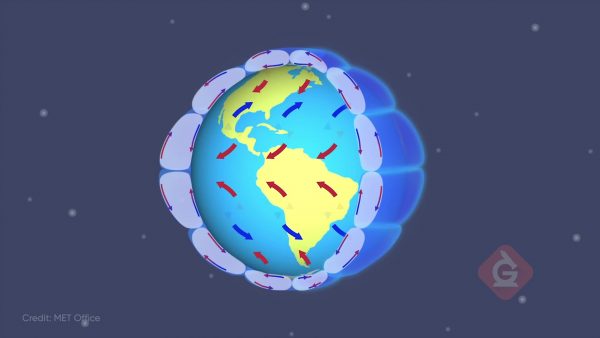
Wind is created by the uneven heating of the air. As air cools, the molecules move more tightly together, which causes the air mass to become denser. This results in sinking below less dense air. Likewise, as cooler air heats up, the molecules spread out and the air mass becomes less dense and the air mass rises. This movement of air results in wind.
Meteorologists Predict Weather
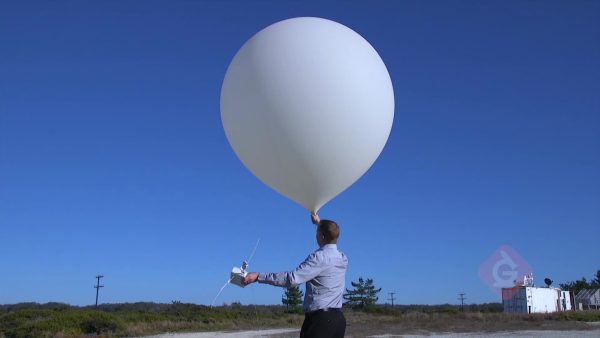
Changes in weather are mainly due to the movement of air masses. Meteorologists track these movements and make predictions about the weather. Since forecasting the weather is not an exact science, meteorologists use probability to make predictions about the weather. For example, a meteorologist might predict that there is an 80% chance of rain. As technology gets more advanced, meteorologists are becoming more accurate at predicting the weather.

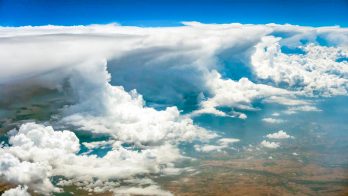








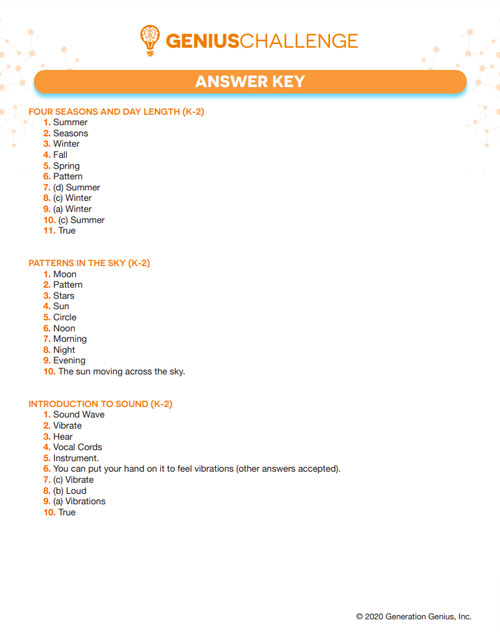























































































































 Select a Google Form
Select a Google Form









